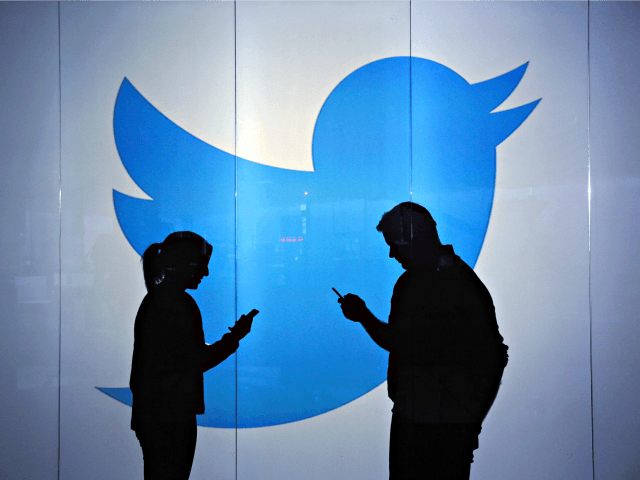Twitter’s new rules to prevent “malicious automation” provides more ways in which users can find themselves unfairly suspended, either by following the wrong accounts too quickly, or tweeting at the wrong users.
One of the items buried in Twitter’s announcement reveals that users can be categorized as spambots for following Twitter’s own “recommended follows” upon signup:
We’re imminently taking action to challenge a large number of suspected spam accounts that we caught as part of an investigation into misuse of an old part of the signup flow. These accounts are primarily follow spammers, who in many cases appear to have automatically or bulk followed verified or other high-profile accounts suggested to new accounts during our signup flow.
The step in the sign-up flow this point refers to is when Twitter encourages new users to follow prominent verified Twitter accounts, such as celebrities, political figures, and journalists.
The bottom line is, if you follow too many accounts that Twitter itself suggests you follow, then Twitter could categorize you as a spambot. In other words, Twitter is encouraging new users to behave in a way that might get their account limited, without warning them upon signup.
A former Twitter employee explained to Breitbart News: “essentially if you are in a hurry and click too fast on too many suggested accounts you will potentially get suspended.”
Another part of the new rules reinforces Twitter’s two-tiered system, wherein high-profile, verified accounts are given more protection than regular users. (Twitter’s internal panic whenever a celebrity user is upset has been reported on in the past.)
Twitter revealed that one of their identifiers for “suspicious activity” involves simply tagging users who don’t reply back.
We’re also now automating some processes where we see suspicious account activity, like exceptionally high-volume tweeting with the same hashtag, or using the same @handle without a reply from the account you’re mentioning. [emphasis ours]
Who is most likely not to reply back on Twitter? High-profile accounts with millions of followers, who often receive thousands of tweets and notifications per day.
This rule seems designed to discourage interaction with high-profile accounts. The best way to avoid suspension for a regular user is to avoid mentioning them at all. For Twitter, a company determined to ensure the celebrities who use their platform are never upset, this is great. For ordinary users who want to interact with, and perhaps even criticize high profile figures — not so much.
The former Twitter employee told Breitbart News:
“Basically, if you try to step into a conversation in which a user with a lot of followers is participating in, and they miss your tweet, that’s abusive.”
“It’s a subtle way of protecting high profile people from criticism. It [also] shows that their attempt to automate understanding of meaning and context has failed and they are simply going to block after too many mentions.”
Allum Bokhari is the senior technology correspondent at Breitbart News. You can follow him on Twitter, Gab.ai and add him on Facebook. Email tips and suggestions to allumbokhari@protonmail.com.

COMMENTS
Please let us know if you're having issues with commenting.